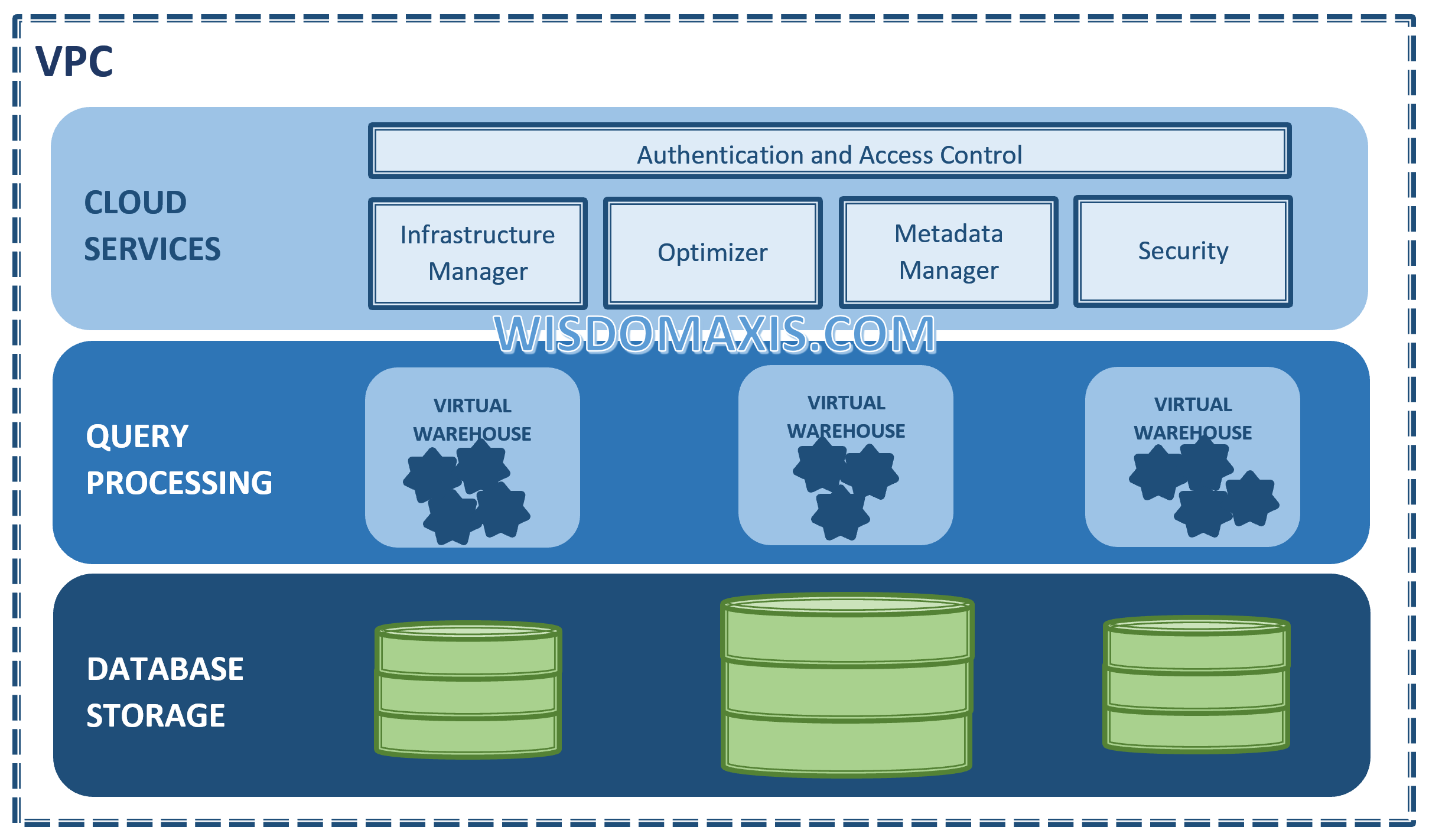Snowflake Architecture, Key components, Layers, pictorial presentation with details and descriptions
Snowflake’s architecture is a Hybrid model, because it combines traditional shared-disk and shared-nothing database architectures. Similar to shared-disk architectures, Snowflake uses a central data repository for persisted data that is accessible from all compute nodes in the platform. At the same time, similar to shared-nothing architectures, Snowflake processes queries using MPP (Massively Parallel Processing) compute clusters where each node in the cluster stores a portion of the entire data set locally. This Hybrid architecture (shared-disk and shared-nothing) approach provides the data management simplicity of a shared-disk architecture, but with the highly scalable performance and scale-out benefits of a shared-nothing architecture.